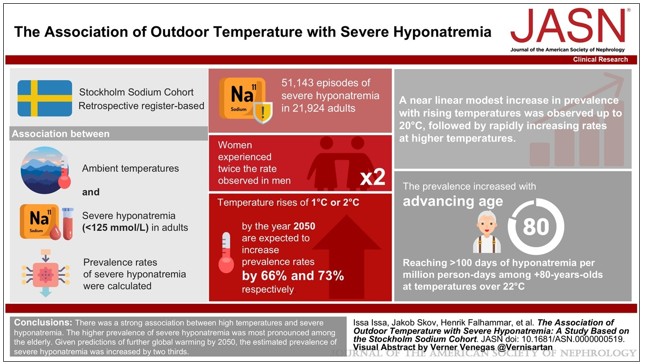2024-10-24 バッファロー大学(UB)
<関連情報>
- https://www.buffalo.edu/news/releases/2024/10/NANOG-gene-aids-traumatic-nerve-injuries.html
- https://www.nature.com/articles/s41467-024-53276-4
骨格筋の再プログラミングが末梢神経損傷後の再神経支配を高める Skeletal muscle reprogramming enhances reinnervation after peripheral nerve injury
Pihu Mehrotra,James Jablonski,John Toftegaard,Yali Zhang,Shahryar Shahini,Jianmin Wang,Carey W. Hung,Reilly Ellis,Gabriella Kayal,Nika Rajabian,Song Liu,Kelly C. S. Roballo,Susan B. Udin,Stelios T. Andreadis & Kirkwood E. Personius
Nature Communications Published:25 October 2024
DOI:https://doi.org/10.1038/s41467-024-53276-4

Abstract
Peripheral Nerve Injuries (PNI) affect more than 20 million Americans and severely impact quality of life by causing long-term disability. PNI is characterized by nerve degeneration distal to the site of nerve injury resulting in long periods of skeletal muscle denervation. During this period, muscle fibers atrophy and frequently become incapable of “accepting” innervation because of the slow speed of axon regeneration post injury. We hypothesize that reprogramming the skeletal muscle to an embryonic-like state may preserve its reinnervation capability following PNI. To this end, we generate a mouse model in which NANOG, a pluripotency-associated transcription factor is expressed locally upon delivery of doxycycline (Dox) in a polymeric vehicle. NANOG expression in the muscle upregulates the percentage of Pax7+ nuclei and expression of eMYHC along with other genes that are involved in muscle development. In a sciatic nerve transection model, NANOG expression leads to upregulation of key genes associated with myogenesis, neurogenesis and neuromuscular junction (NMJ) formation. Further, NANOG mice demonstrate extensive overlap between synaptic vesicles and NMJ acetylcholine receptors (AChRs) indicating restored innervation. Indeed, NANOG mice show greater improvement in motor function as compared to wild-type (WT) animals, as evidenced by improved toe-spread reflex, EMG responses and isometric force production. In conclusion, we demonstrate that reprogramming muscle can be an effective strategy to improve reinnervation and functional outcomes after PNI.


